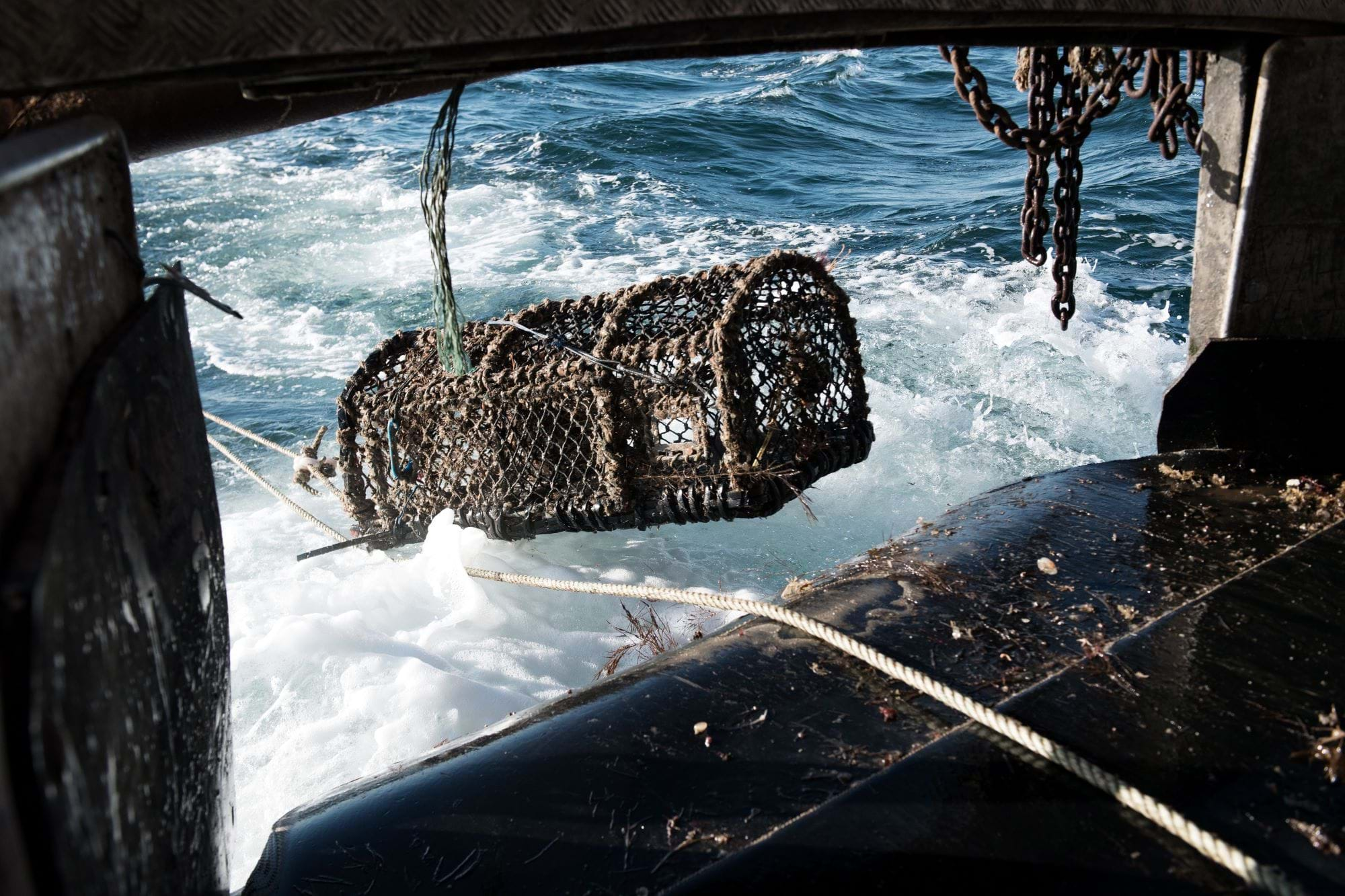2023 July to September supply chain analysis: Grants awarded and businesses prepare for regulatory changes
Seafood supply chains are complex and shocks to the supply chain can have wide-ranging effects. Each quarter we look at everything going on in the seafood industry and what affect it has on performance.
July to September 2023: Seafood summary
The UK Seafood Fund Infrastructure Scheme announced details of successful applications. Businesses across the catching, aquaculture and processing sectors benefited from the scheme. The scheme prioritized projects that would bring social and economic benefits while strengthening the seafood supply chain, reducing the environmental impact from seafood businesses. In total, £40.1 million was awarded across 21 projects, with 11 awards going to the processing sector, 6 to harbour improvements and 4 to aquaculture businesses. Some of the highest awards were to the aquaculture sector, with 3 businesses getting £5 million each: including a new facility in Lincolnshire to produce king prawns for the UK market. Smaller awards included pontoon upgrades to increase the value of the catch landed into Langstone and improved processing equipment in Aberdeenshire. Many of the successful projects also focused on measures that will reduce energy usage and lower the carbon footprint of businesses, helping the UK to move towards its net zero climate goals.

During this quarter, labour and staffing issues were still a concern across many sectors. The English language exam was proving to be a barrier for migrant crew going through the skilled worker visa process. Meanwhile, for local crew, the requirements for fishermen to obtain a medical certificate by November 2023 raised concerns that older fishermen would retire and some fishermen with health concerns or disabilities could lose their livelihoods. In positive news a new apprenticeship scheme in South West England began training new entrants into the catching sector, while an initiative in Grimsby, the Future Seafood Leaders Programme, is seeking to improve retention of workers in the industry.
Meanwhile, businesses were preparing for impending regulatory change across the following areas:
- The UK Government released documentation on the upcoming changes to the Border Target Operating Model (BTOM). Checks on imported goods will affect importers and their buyers, with businesses concerned about the potential for delays and extra costs.
- In the catching sector, both the UK and Scottish governments consulted on extending the requirement to use electronic monitoring to a wider range of vessels within the English and Scottish fleets.
- In the processing sector, there was some delays in the implementation of the extended producer responsibility scheme. The scheme requires companies to report on their packaging.
Some relief was felt by both businesses and consumers as inflation eased down to +6.3% by September. However, food inflation remained much higher at +12.3%. This meant consumers were still looking for value with cheaper imported whitefish species like Alaskan pollack, which continued to be the only species in volume growth in the retail sector. While some consumers chose to dine-in, others were still motivated by socialising opportunities over the summer months with visits and seafood servings up in the foodservice sector. However, the sector performed worse than expected due to the poor weather conditions, especially during the August school holiday period. In trade sectors, the volume of imported seafood was declining at a slower rate, while export volumes remained steady. A higher proportion of exports are now destined for non-EU countries with markets in the USA, China, Vietnam, Japan and Taiwan looking for increased consignments of mackerel, herring, trout and salmon.
Seafood supply
- Import volume continued to decline but at a slower rate. Meanwhile, price inflation continued to ease.
- Importers began preparing for upcoming changes with the Border Target Operating Model (BTOM).
- Aquaculture businesses set for further development as UK Seafood Fund grants awarded.
- Total volume for all landings down slightly, but overall value of the catch is up
- 3 new Highly Protected Marine Areas (HPMAs) come into effect in England.

Production and Distribution
Processing businesses saw a boost to investment this quarter with ten processing companies securing grants under the UK Seafood Fund Infrastructure Scheme. Also, during this quarter, businesses were dealing with the Extended Producer Responsibility (EPR) for packaging, which experienced some delays.
As for the workforce, the English language exam is the biggest barrier for Skilled Worker Visa applicants, and medicals for fishermen caused concern ahead of deadline.
Markets
- Personal finances continue to influence retail sales, with only the cheapest species in volume growth.
- In foodservice, visits increase 2.3% with seafood servings also up 1.5%.
- Seafood exports remain steady as prices and volume experience little change from a year ago.
- Higher proportion of exports are destined for non-EU countries.
Full data and analysis are available from our PDF report and on our interactive dashboard on Tableau.
-
Go to Quarterly Seafood Supply Chain Overview on Tableau
-
Download a PDF of the latest UK Seafood Supply Chain Overview
Seafood industry data and insight
We publish a suite of reports, dashboards and infographics about the UK seafood industry.
If you want more detailed data and analysis which is sector specific, follow the links below to the relevant page:
-
Fishing data and insight
-
Aquaculture data and insight
-
Seafood processing data and insight
-
Seafood trade data
-
Seafood retail data and insight
-
Seafood in foodservice data and insight
Share your thoughts
We are always seeking ways to improve our offering to the seafood industry. We would welcome any feedback on the dashboards and the reports.
You can use the React and Share buttons below or email seafish@seafish.co.uk.